Ivan Terence Sanderson (January 30, 1911 – February 19, 1973) was a biologist and writer born in Edinburgh, Scotland, who became a naturalized citizen of the United States. Sanderson is remembered for his nature writing and his interest in cryptozoology and paranormal subjects. He also wrote fiction under the name Terence Roberts.
Biography
Born in Scotland, Sanderson traveled widely in his youth. His father, who manufactured whiskey professionally, was killed by a rhinoceros while assisting a documentary film crew in Kenya in 1925.
As a teenager, Sanderson attended Eton College and, at 17 years old, began a yearlong trip around the world, focusing mostly on Asia.
Sanderson earned a B.A. in zoology, with honors, from Cambridge University faculty of Biology, where in the same faculty he later earned M.A. degrees in botany and ethnology.
He became famous claiming to have seen a Kongamato after being attacked by a creature he described as "the Granddaddy of all bats". Sanderson conducted a number of expeditions as a teenager and young man into tropical areas in the 1920s and 1930s, gaining fame for his animal collecting as well as his popular writings on nature and travel.
During World War II, Sanderson worked for British Naval Intelligence, in charge of counter-espionage against the Germans in the Caribbean, then for British Security Coordination, finally finishing out the war as a press agent in New York City.
Afterwards, Sanderson made New York his home and became a naturalized U.S. citizen. In the 1960s Sanderson lived in Knowlton Township in northwestern New Jersey before moving to Manhattan. He died in 1973.
Nature writing
Sanderson published: Animal Treasure, a report of an expedition to the jungles of then-British West Africa; Caribbean Treasure, an account of an expedition to Trinidad, Haiti, and Surinam, begun in late 1936 and ending in late 1938; and Living Treasure, an account of an expedition to Jamaica, British Honduras (now Belize) and the Yucatan.
Illustrated with Sanderson's drawings, they are accounts of his scientific expeditions. Sanderson collected animals for museums and scientific institutions, and included detailed studies of their behaviors and environments. He also killed some for study.
Media appearances
In 1948 Sanderson began appearing on American radio and television, speaking as a naturalist and displaying animals. In 1951 he appeared with Patty Painter on the world's first regularly scheduled colour TV series, The World is Yours. Sanderson also provided the introduction for 12 episodes of the 1953 television wildlife series Osa Johnson's The Big Game Hunt a.k.a. The Big Game Hunt featuring the films of Martin and Osa Johnson.
Sanderson's television appearances with animals led to what he termed his "animal business." Initially Sanderson borrowed or rented animals from zoos in the New York metropolitan area for his TV appearances. In 1950 at a meeting of the National Speleological Society, he met 20-year-old Edgar O. ("Eddie") Schoenenberger, who by 1952 was his assistant (and ultimately partner) in his animal business. Schoenenberger suggested that, instead of "renting" animals, they should purchase and house them, and gain some additional income by displaying them in a zoo. Sanderson purchased in November 1952 the "Frederick Trench place" a 250-year-old farmhouse, outbuildings and 25 acres (100,000 m2) of land a short ways from the ultimate location of the zoo between the communities of Columbia and Hainesburg. He refurbished and expanded moving 200 of his rarest animals to a barn nearby so he could keep close watch on them. Then, in the spring of 1954, he established "Ivan Sanderson’s Jungle Zoo" (and Laboratory), a permanent, summer, roadside attraction near Manunka Chunk, White Township, Warren County, New Jersey. Sanderson also developed and deployed winter traveling exhibits of rare and unusual animals for sports shows and department stores. A fire on the night of Tuesday or early morning hours of Wednesday, February 2, 1955 destroyed his collection of 45 rare animals kept in a barn at his New Jersey home. Ivan Sanderson's Jungle Zoo was flooded out by the Delaware River during the floods caused by Hurricane Diane on August 19, 1955.
Sanderson often traveled from his New Jersey home to his New York apartment to visit friends and to appear on radio and television programs.
During the 1950s and 1960s, Sanderson was widely published in such journals of popular adventure as True, Sports Afield, and Argosy, as well as in the 1940s in general-interest publications such as the Saturday Evening Post. In the 1950s, Sanderson was a frequent guest on Long John Nebel's paranormal-themed radio program. He was a frequent guest on The Garry Moore Show, where he brought live specimens on talk shows. His friend and fellow cryptozoologist Loren Coleman says that Sanderson could be skeptical. In "Mysterious America," Coleman writes that Sanderson discovered the 1909 "Jersey Devil" incident was an elaborate real estate hoax.
Paranormal work
Sanderson was an early follower of Charles Fort. Later he became known for writings on topics such as cryptozoology, a word Sanderson coined in the early 1940s, with special attention to the search for lake monsters, sea serpents, Mokèlé-mbèmbé, giant penguins, Yeti, and Sasquatch.
Sanderson founded the Ivan T. Sanderson Foundation in August 1965 on his New Jersey property, which became the Society for the Investigation of the Unexplained (SITU) in 1967. SITU was a non-profit organization that investigated claims of strange phenomena ignored by mainstream science.
Personal
Sanderson was married twice. His wife Alma accompanied him in the travels discussed in Caribbean Treasure and Living Treasure.
He died of brain cancer in New Jersey, which had become his adopted home.
Works
Nature/travel
Green silence: Travels through the jungles of the Orient, D. McKay Co., 1974, ISBN 0-679-50487-7.
Animal Treasure, The Viking Press, September 1937, hardback; Pyramid Books, July 1966, paperback.
Ivan Sanderson's Book of Great Jungles, Julian Messner, 1965, hardback.
Caribbean Treasure, The Viking Press, November 1939, hardback, ISBN 0-670-20479-X; Pyramid Books, November 1965, paperback, second printing July 1966.
Living Treasure, The Viking Press, April 1941, hardback, second printing April 1945; Pyramid Books, September 1965, paperback.
The Dynasty of Abu a History and Natural History of the elephants and Their Relatives Past and Present, Alfred A. Knopf, 1962, hardback.
The Continent We Live On, Random House, 1961.
Living mammals of the world in color: A treasury of real-life, natural-color photographs and complete up-to-date, accurate description of 189 mammals, Hanover House, 1958.
Follow the Whale, Little Brown, 1956, hardback.
How to Know the American Mammals, Little, Brown and Company, 1951, hardback.
Paranormal subjects
Things and More Things (essays), combined and reprinted by Adventures Unlimited Press, 2007, paperback, ISBN 1-931882-78-9
Abominable Snowmen: Legend Come to Life: The Story Of Sub-Humans On Five Continents From The Early Ice Age Until Today, Adventures Unlimited Press, 2006, paperback, ISBN 1-931882-58-4.
Invisible Residents: The Reality of Underwater UFOs, with David Hatcher Childress, Adventures Unlimited Press, 2005, paperback, ISBN 1-931882-20-7.
Investigating the Unexplained (essays) Prentice Hall, 1972, hardback, ISBN 0-13-502229-0.
More Things (essays), Pyramid Books, 1969, paperback.
Uninvited Visitors: A Biologist Looks At UFOs, Cowles Education Corporation, 1967, hardback.
Things (essays), Pyramid Books, 1967, paperback.
Fiction under the name Terence Roberts
Mystery Schooner, Viking Press, 1944, hard cover.
Report on the Status Quo, Merlin Press, 1955, hard cover.
Black Allies (short story) published in The Saint Magazine: March [Mar] 1967
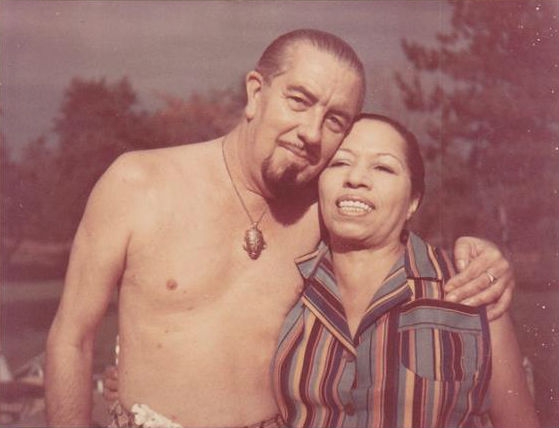
 Amanda S. Stevenson
Amanda S. Stevenson 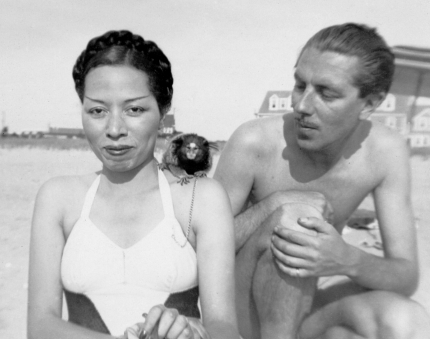
 Amanda S. Stevenson
Amanda S. Stevenson 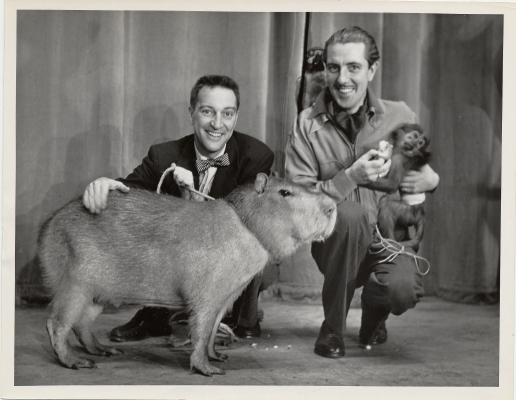
 Amanda S. Stevenson
Amanda S. Stevenson 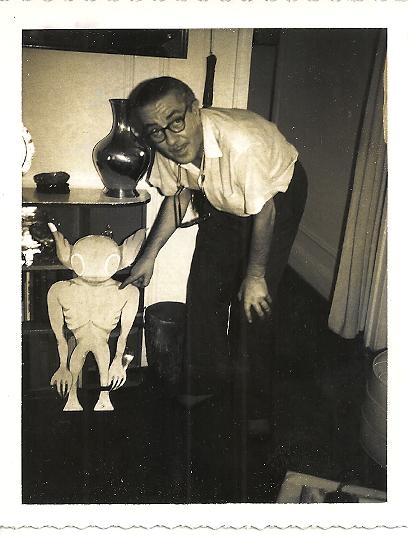
 Amanda S. Stevenson
Amanda S. Stevenson 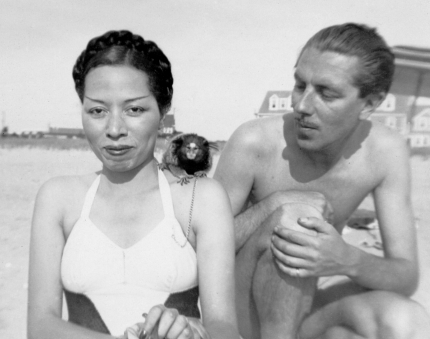
 Amanda S. Stevenson
Amanda S. Stevenson 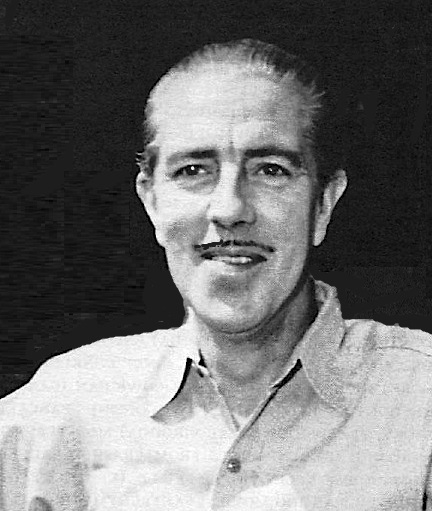
 Amanda S. Stevenson
Amanda S. Stevenson 
 Amanda S. Stevenson
Amanda S. Stevenson 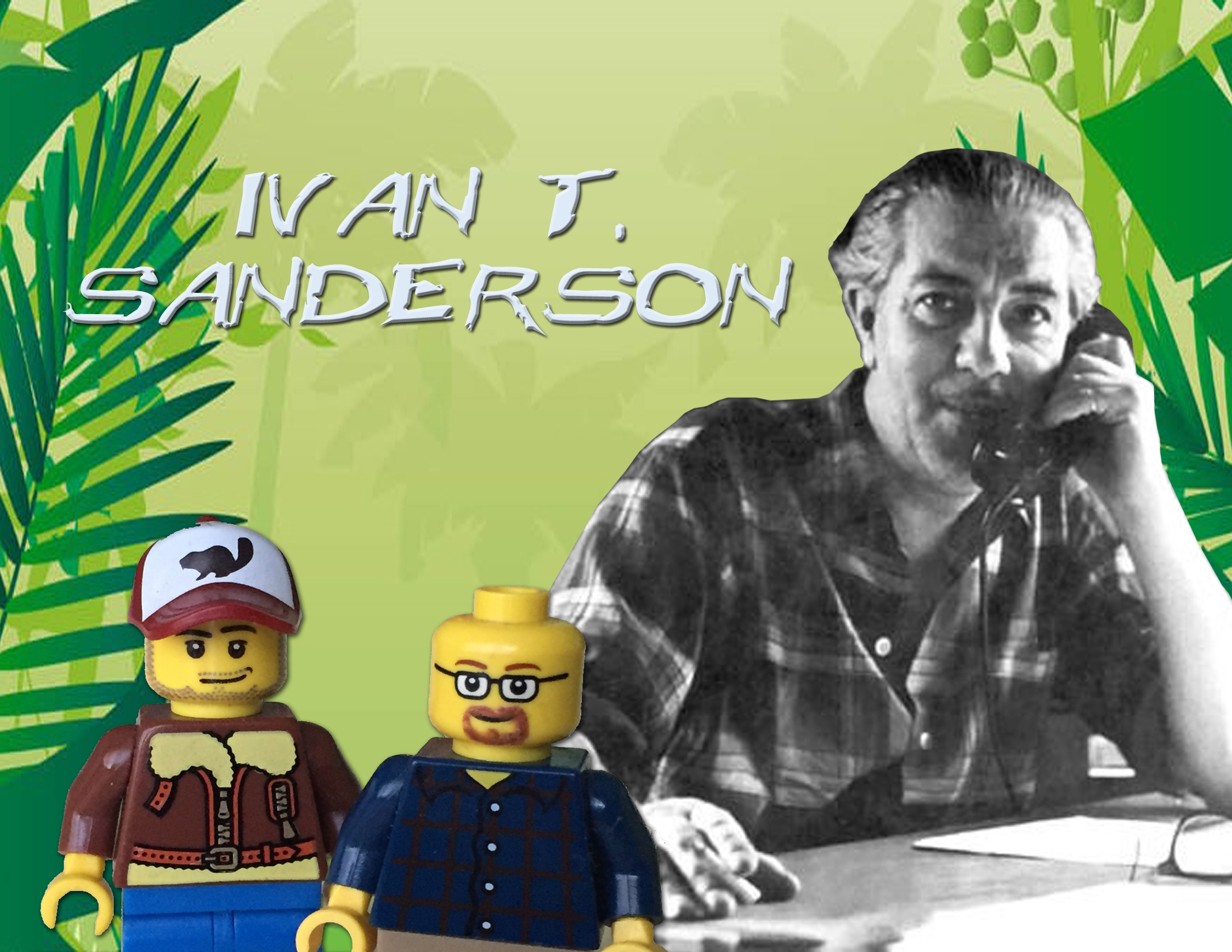
 Amanda S. Stevenson
Amanda S. Stevenson 